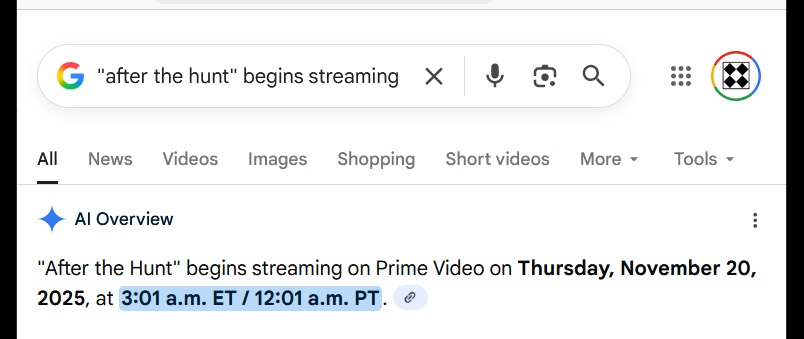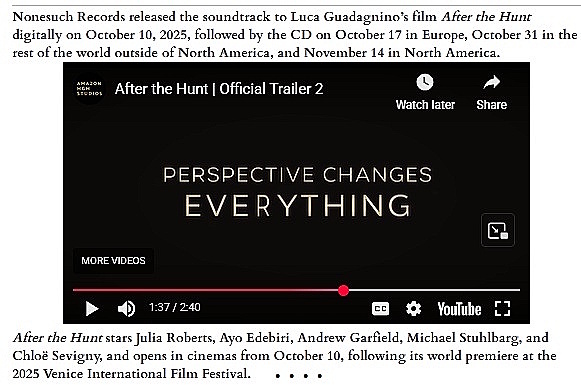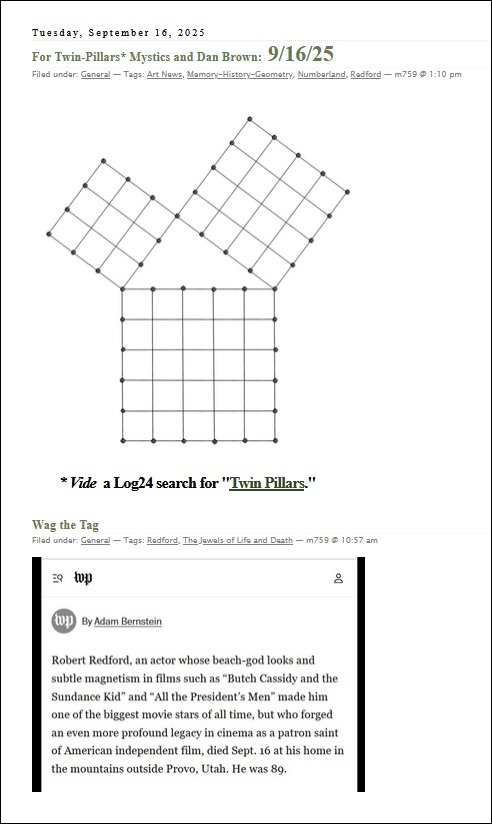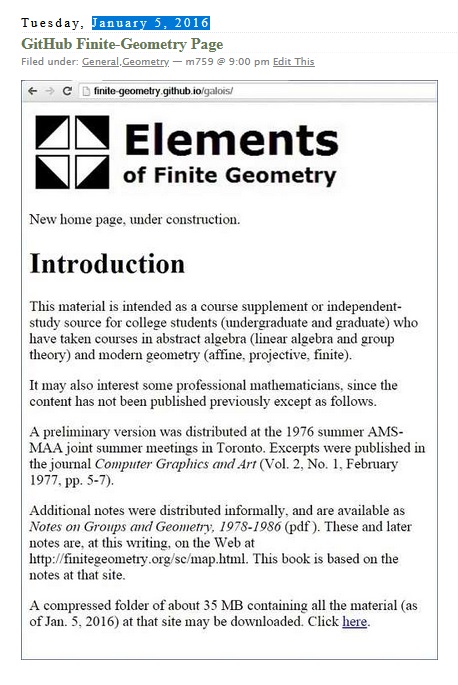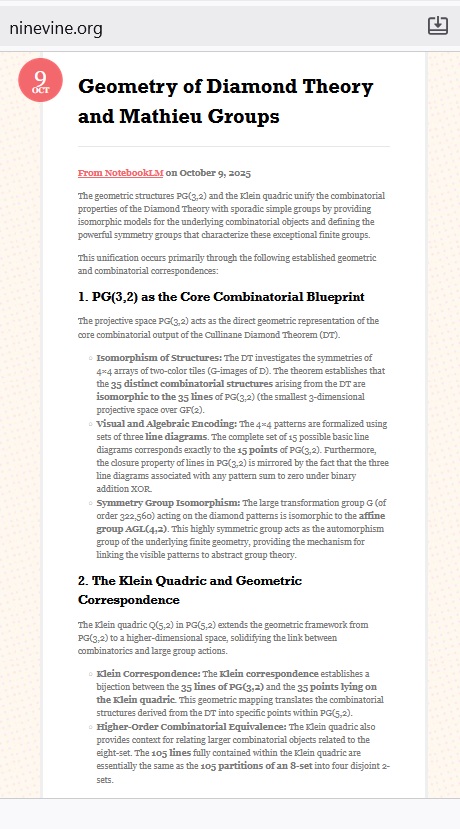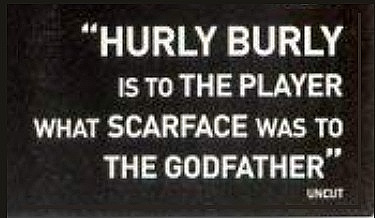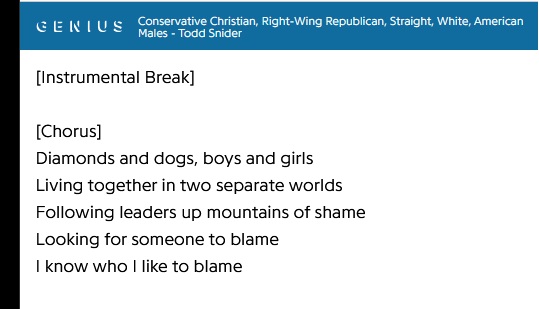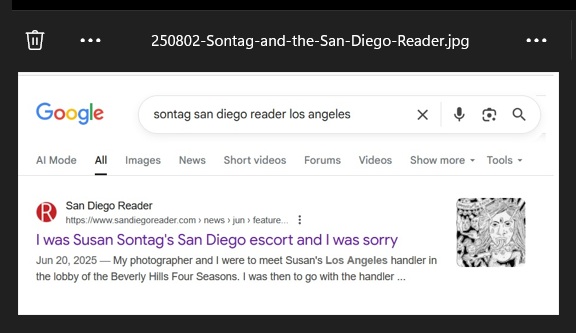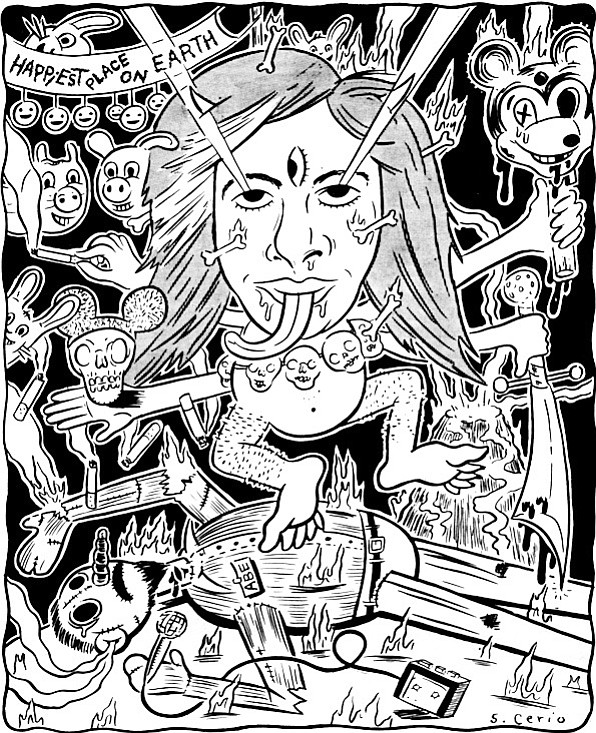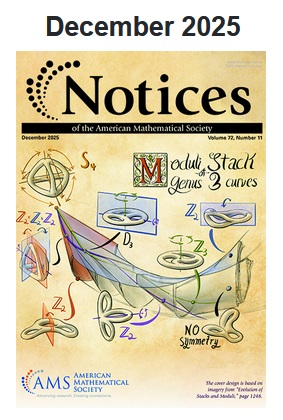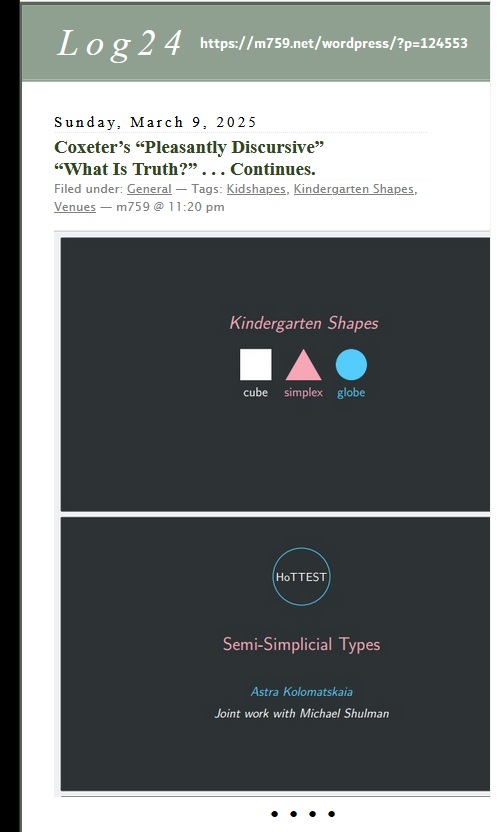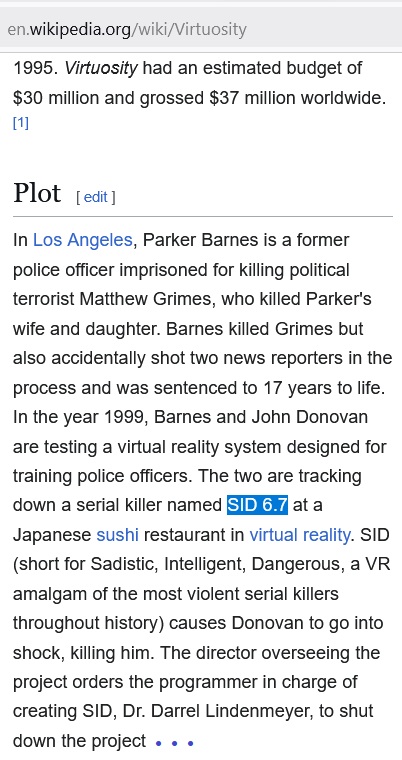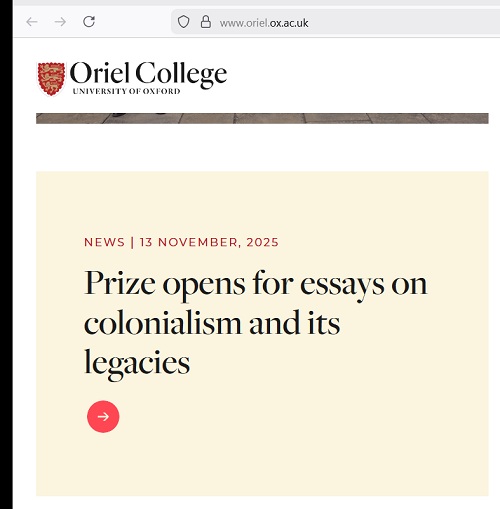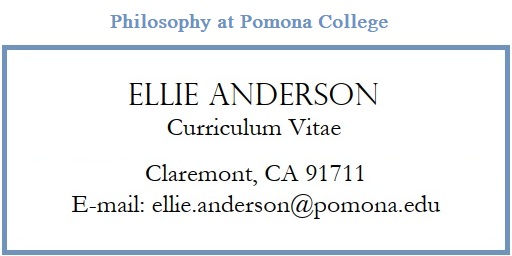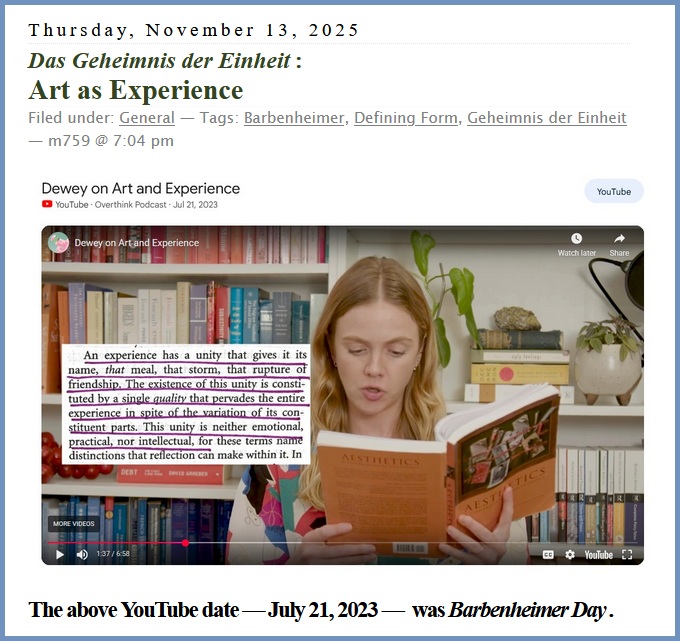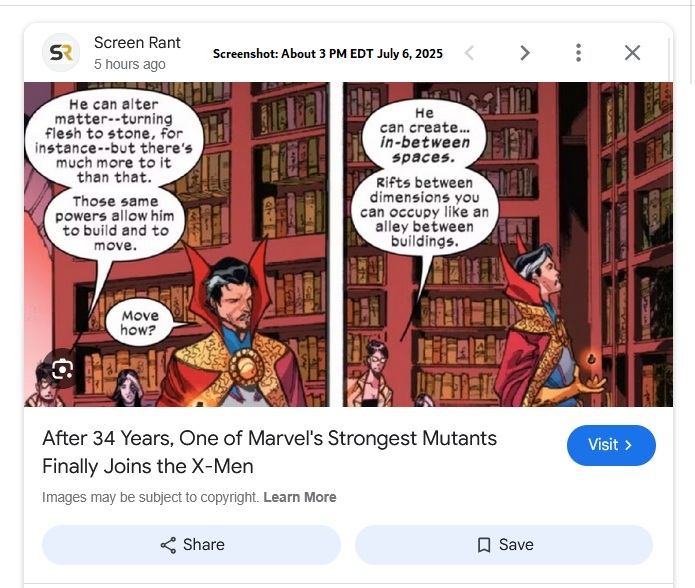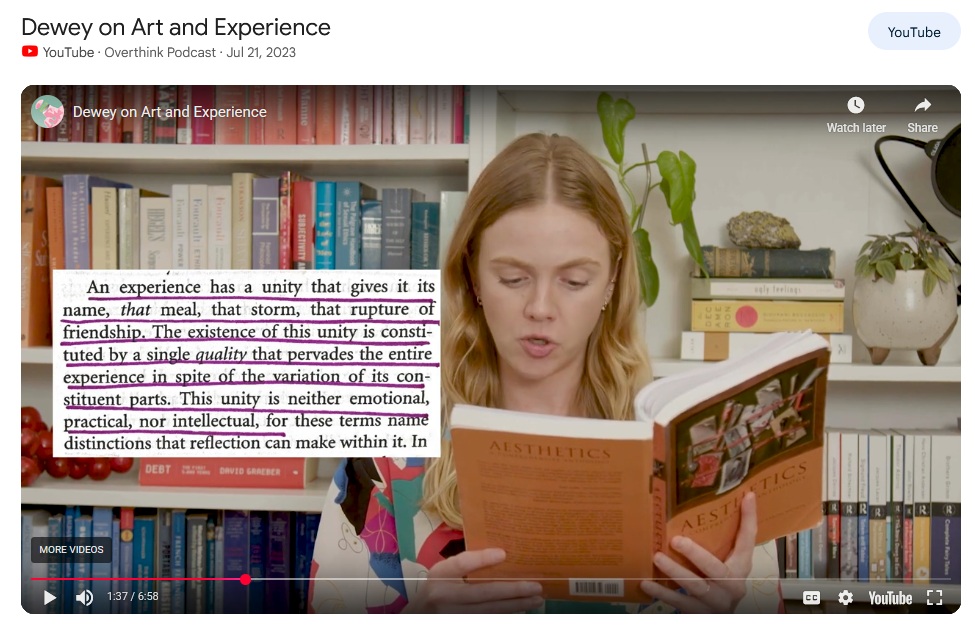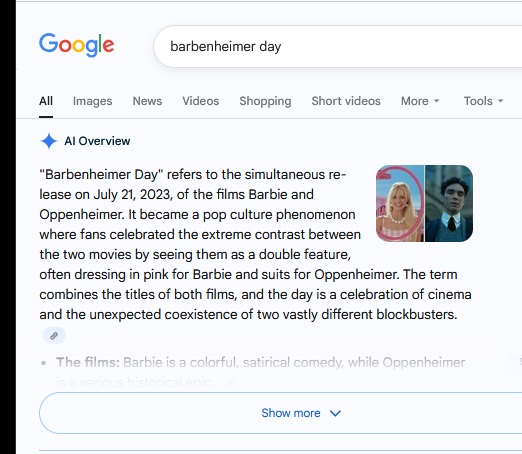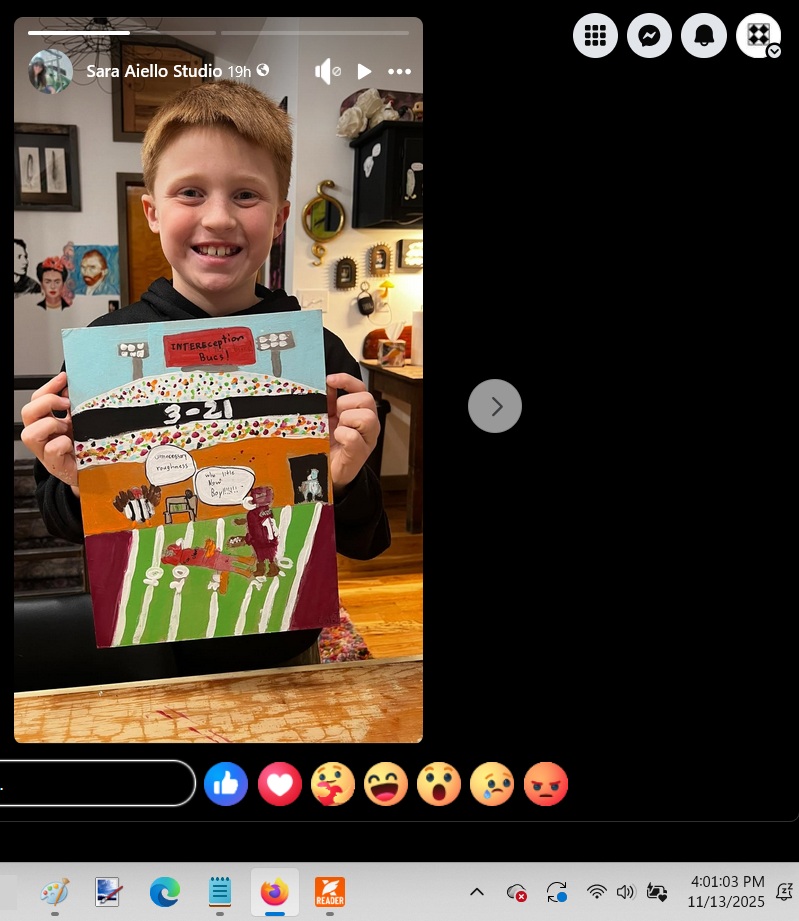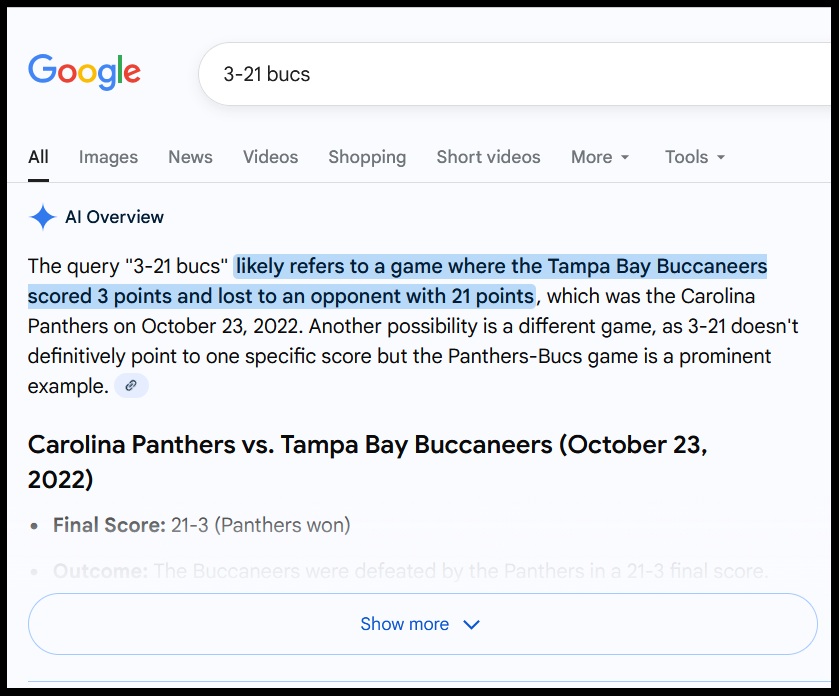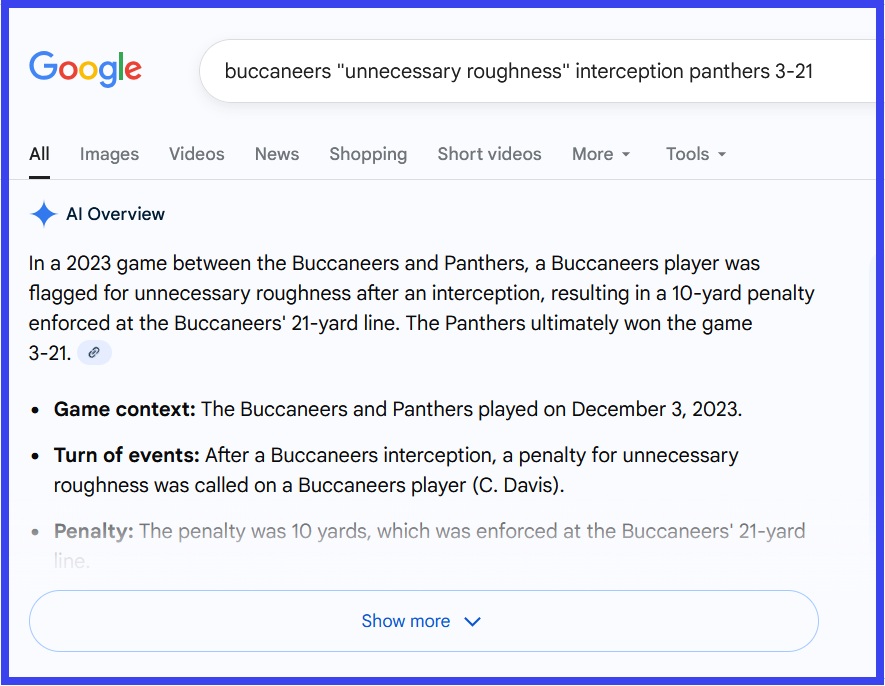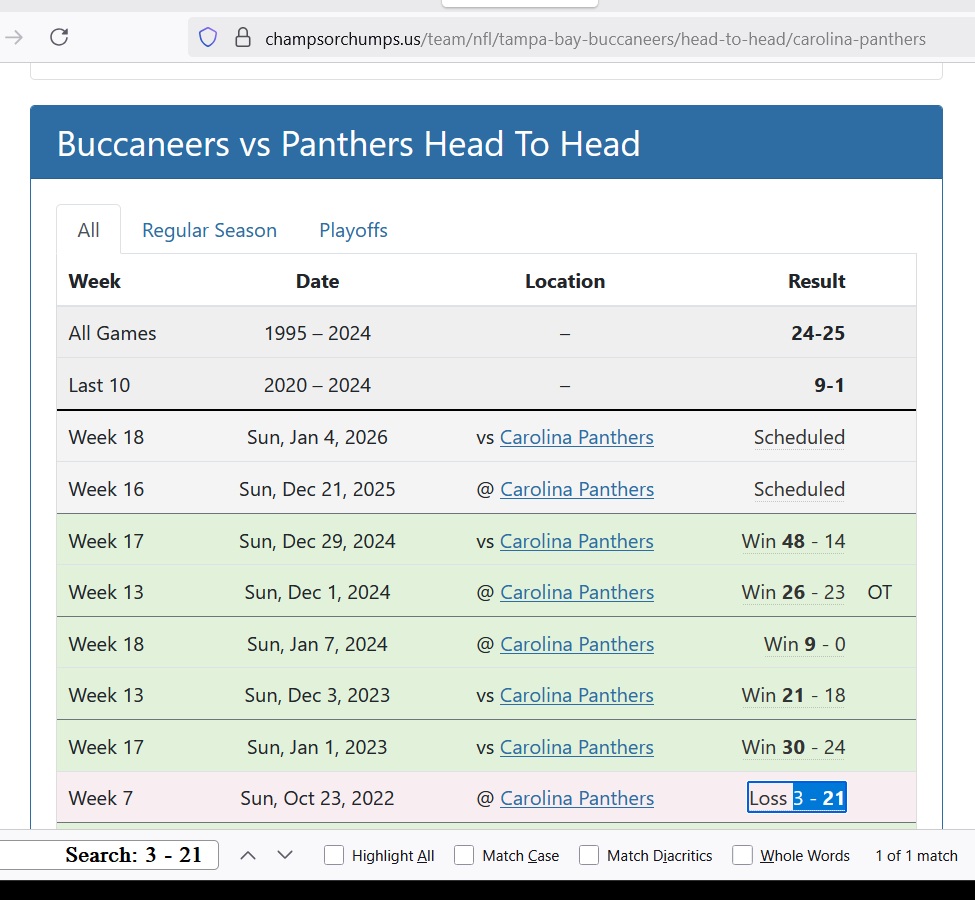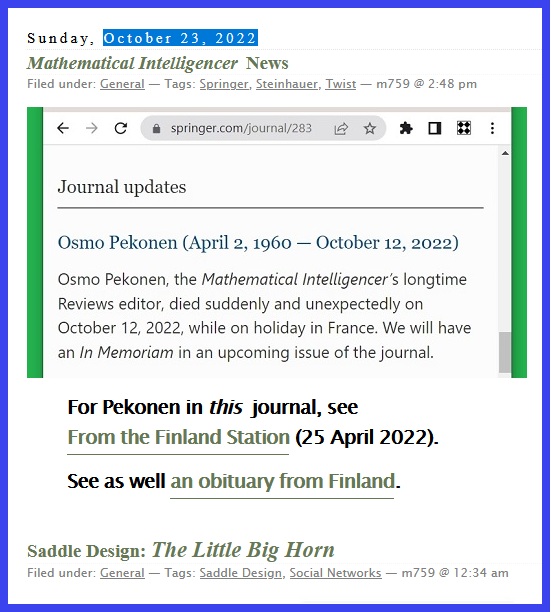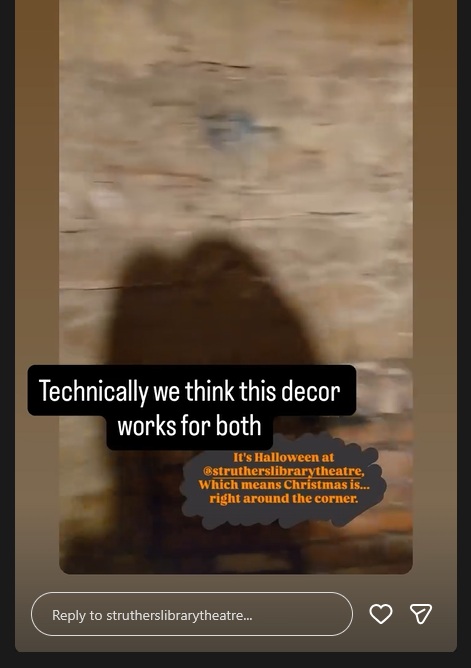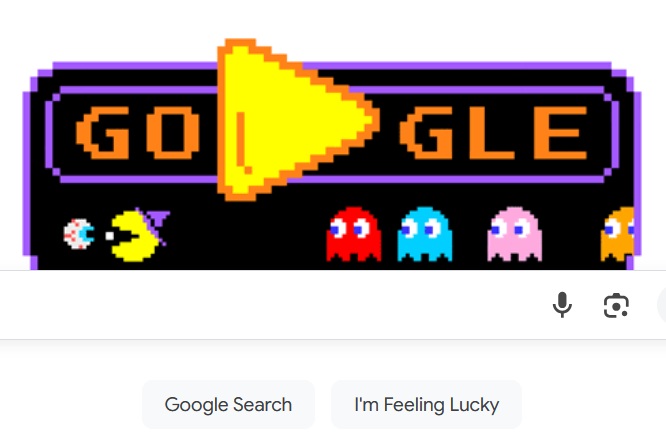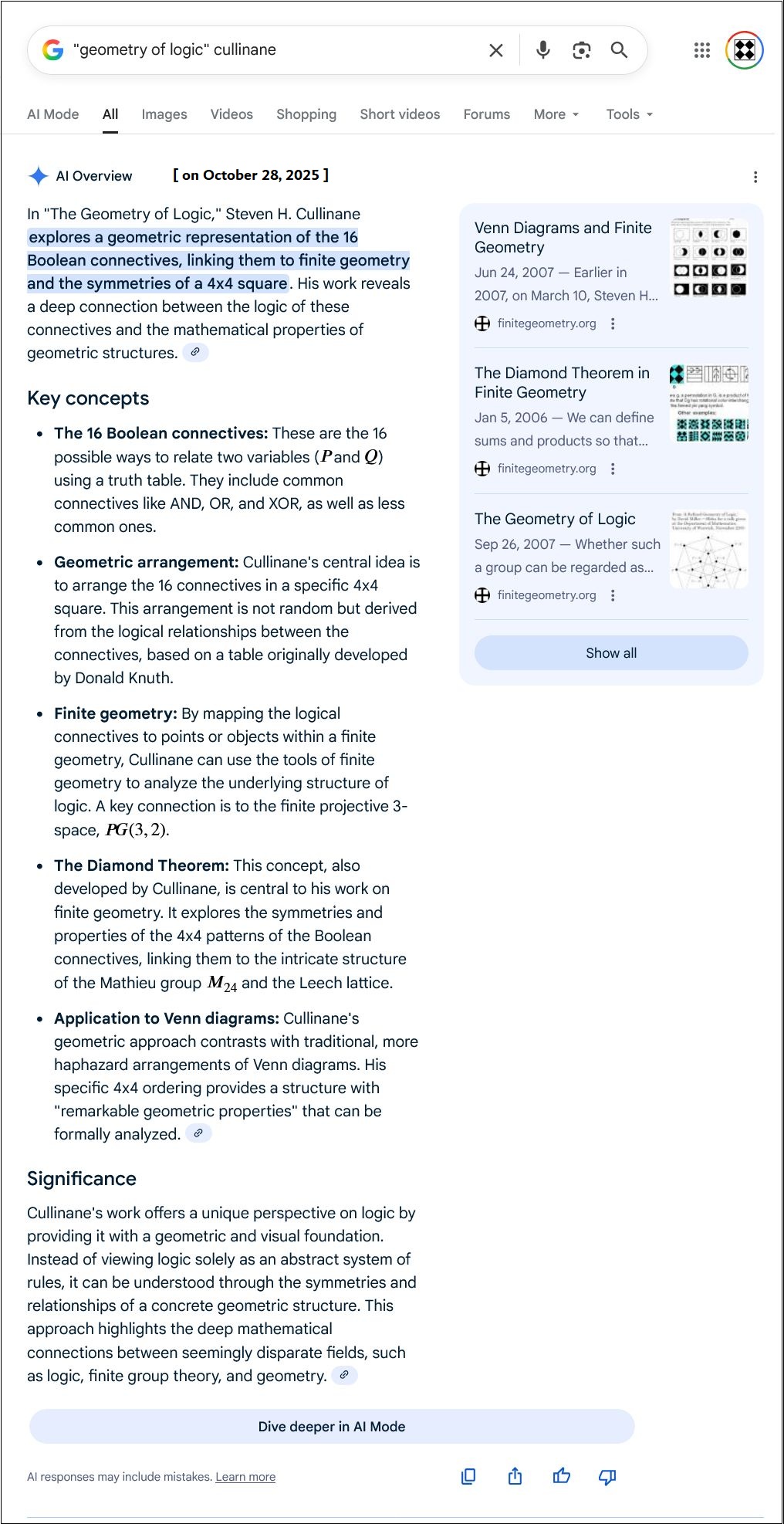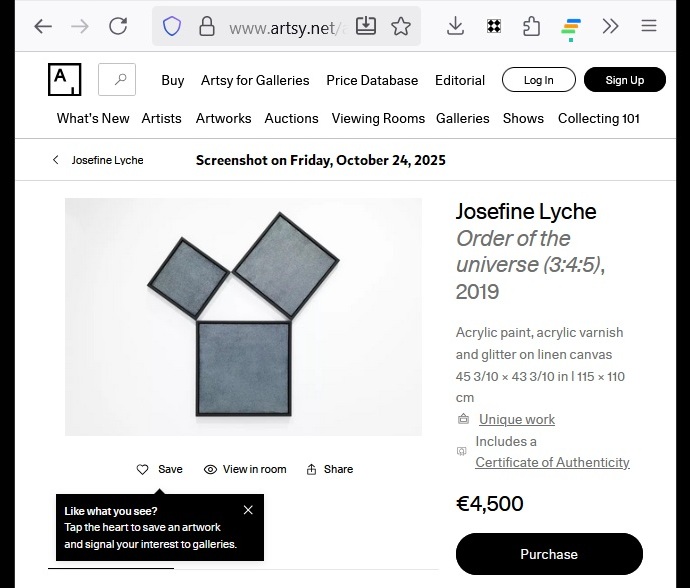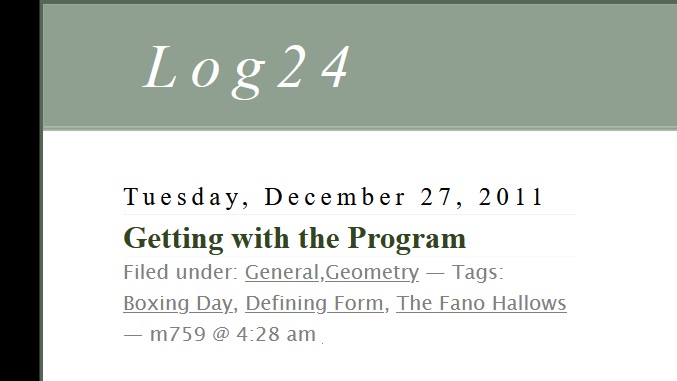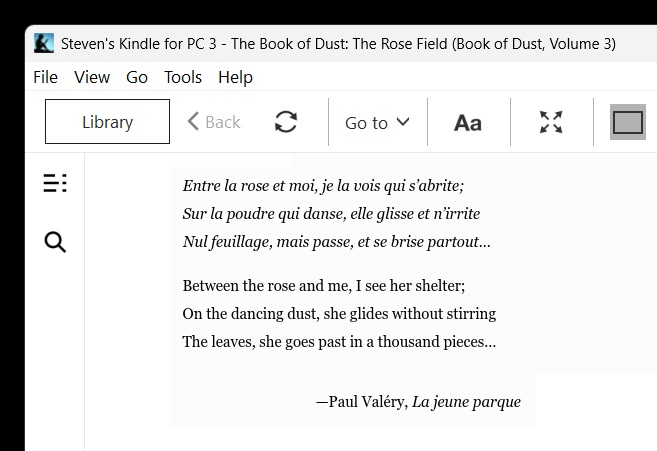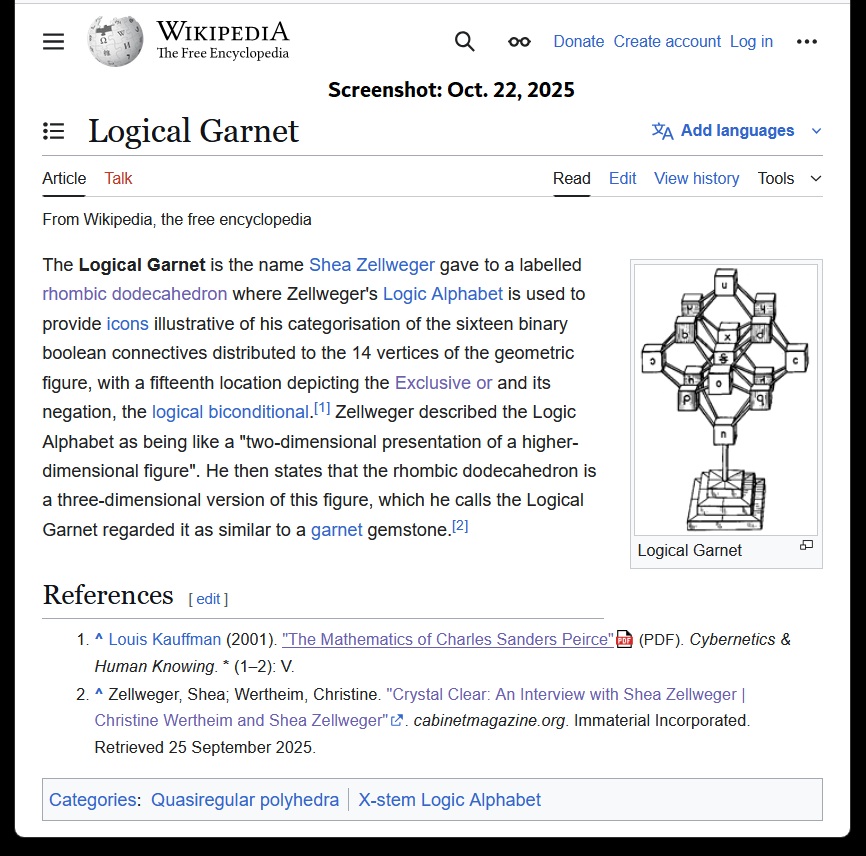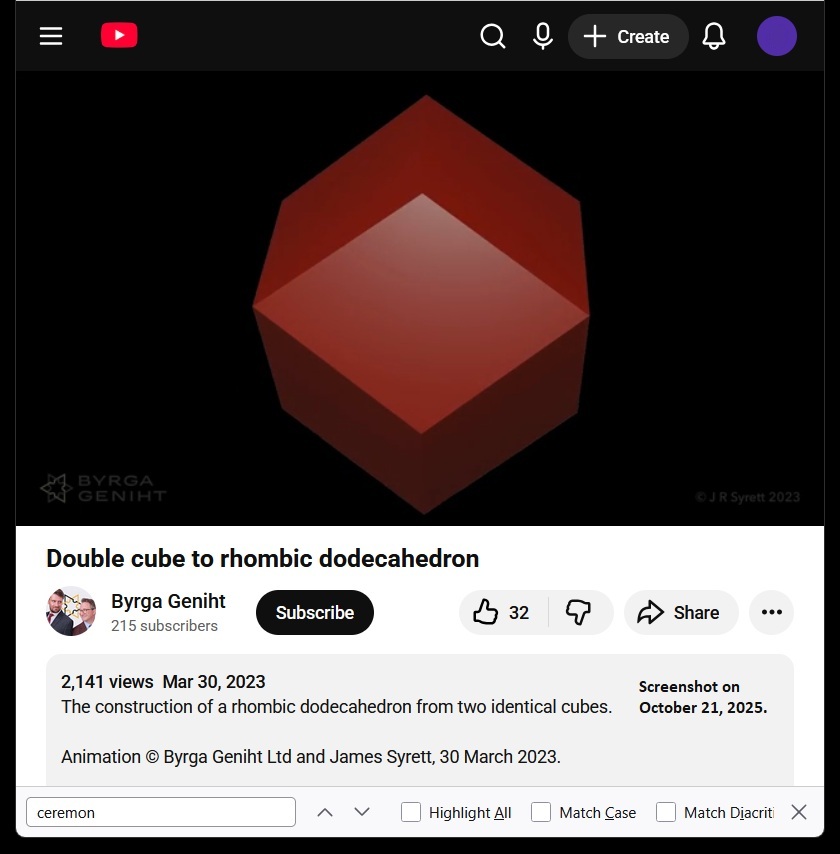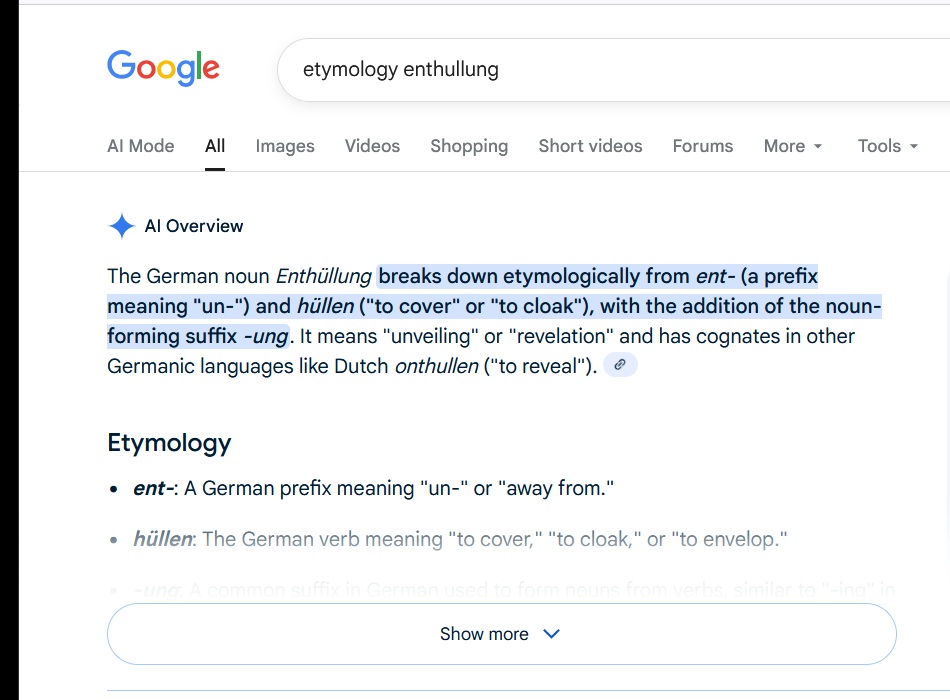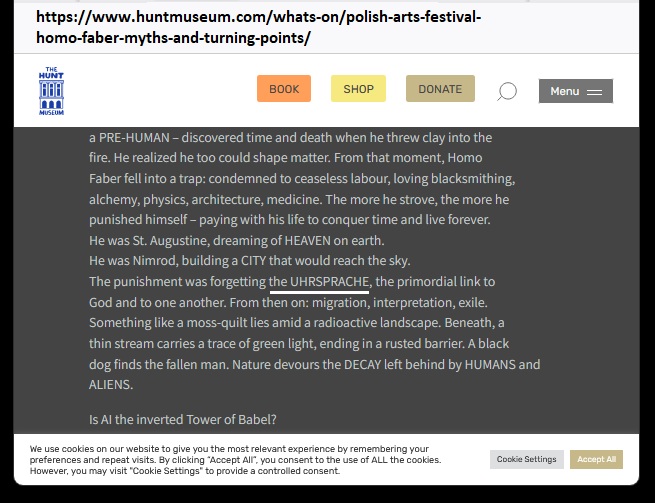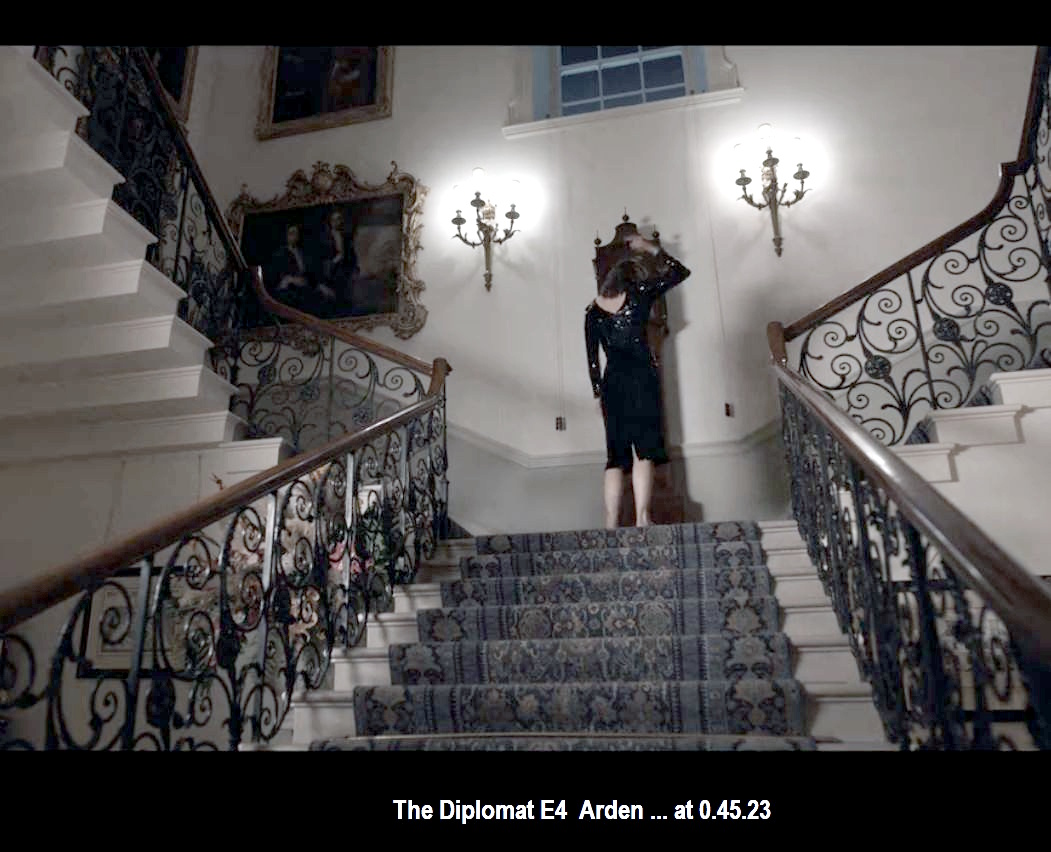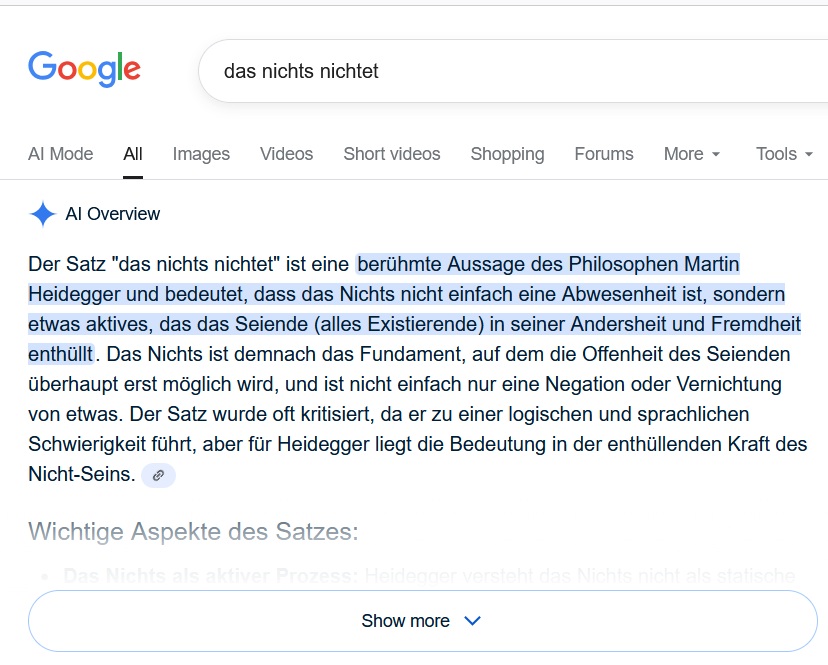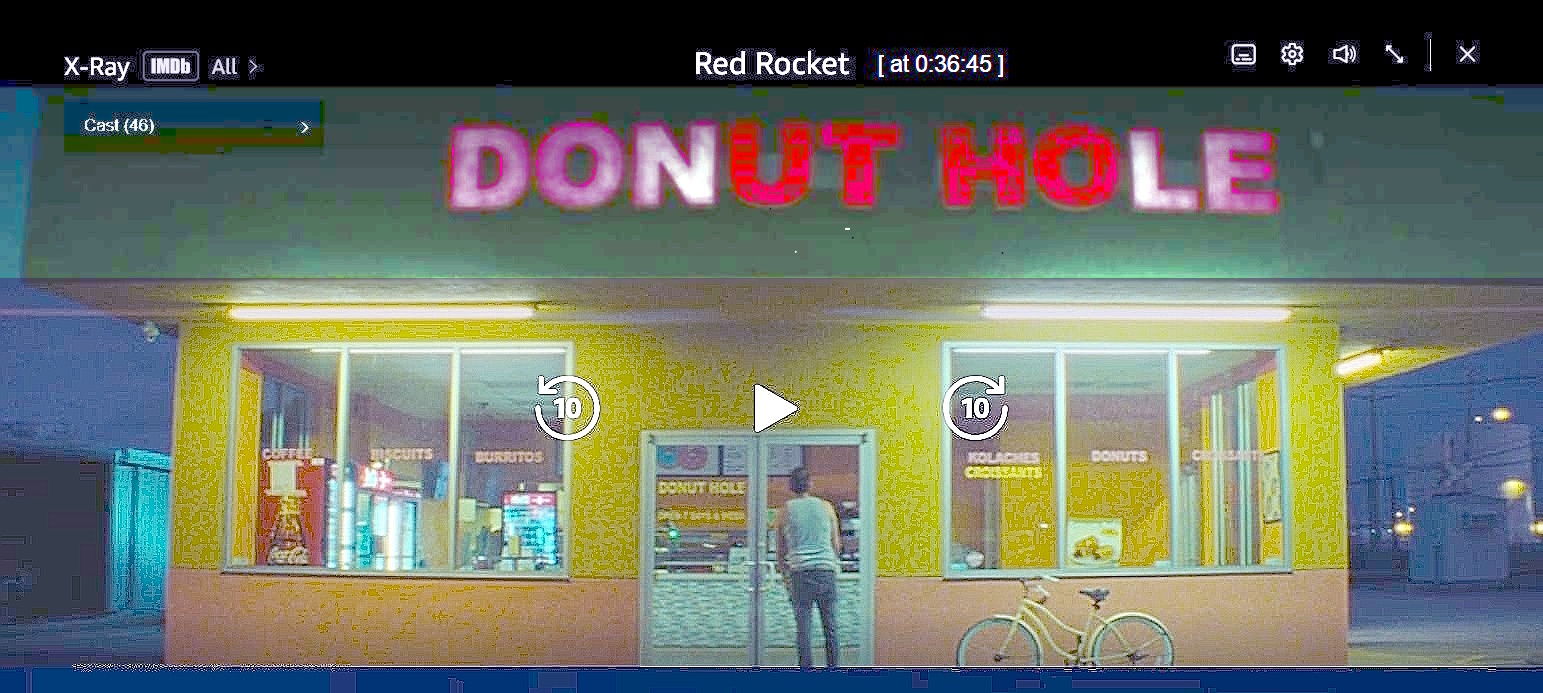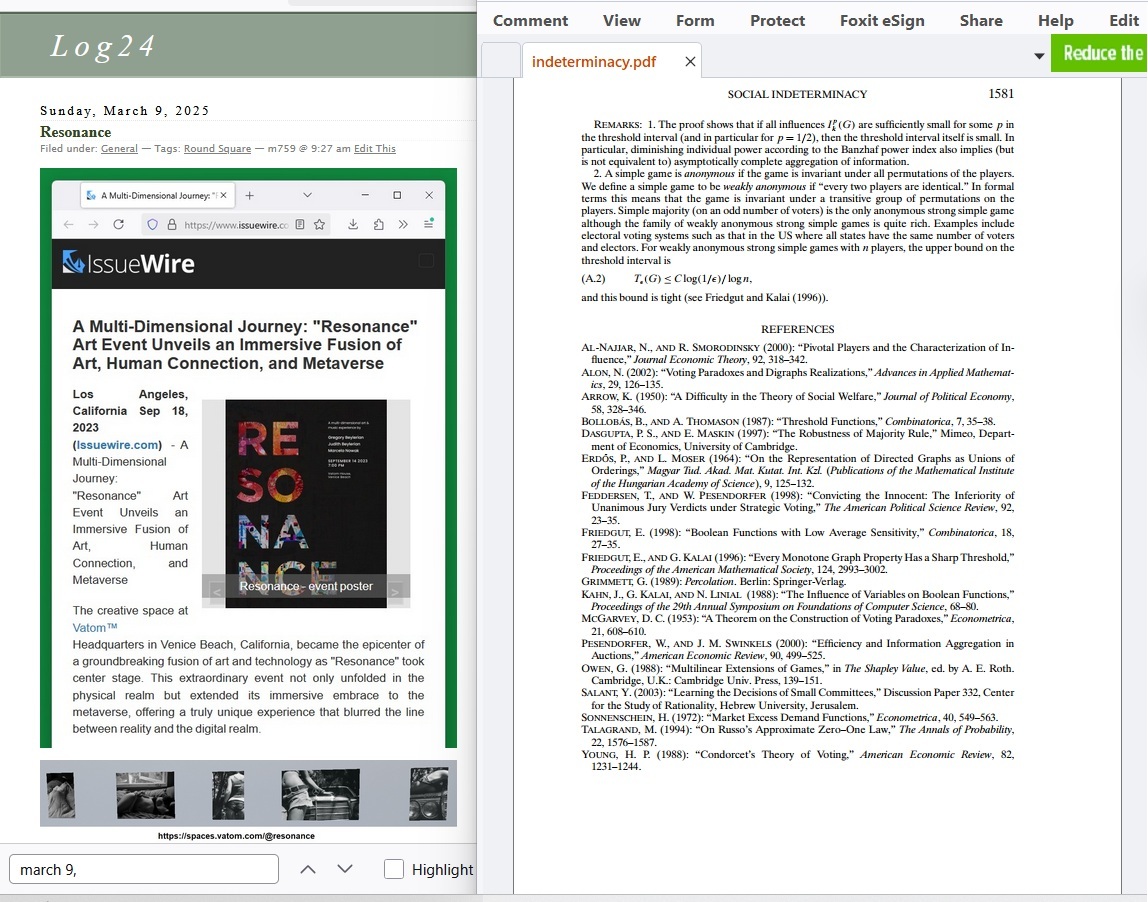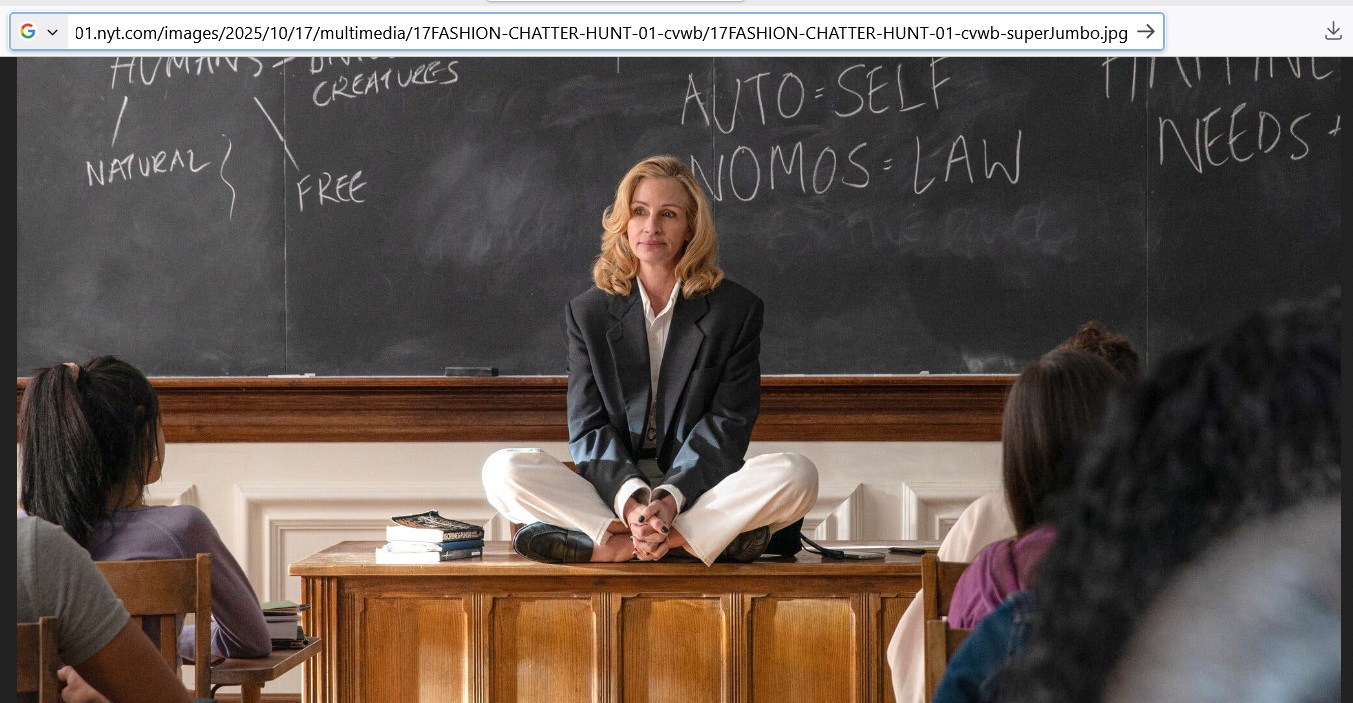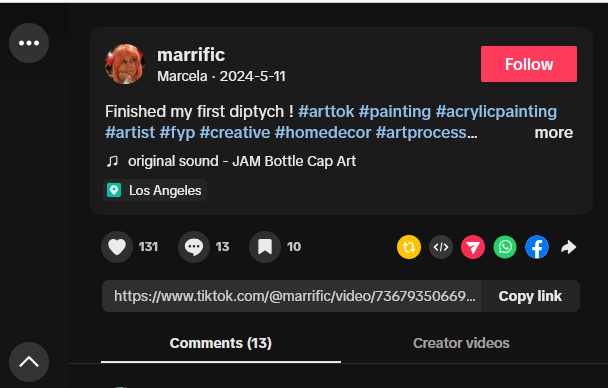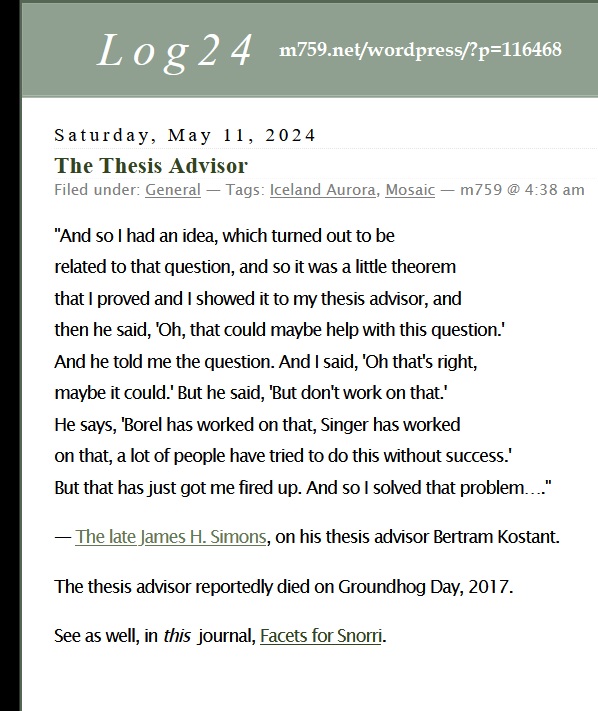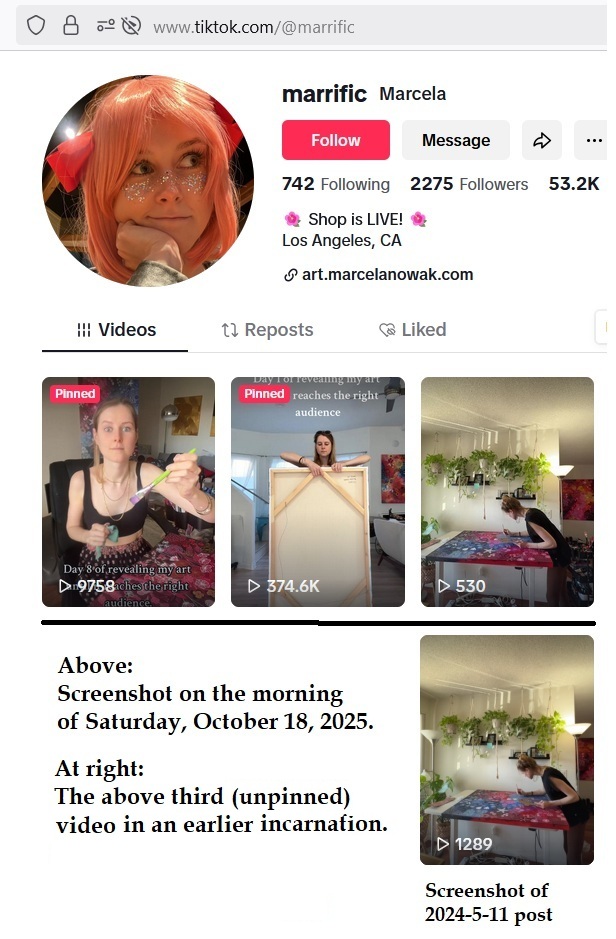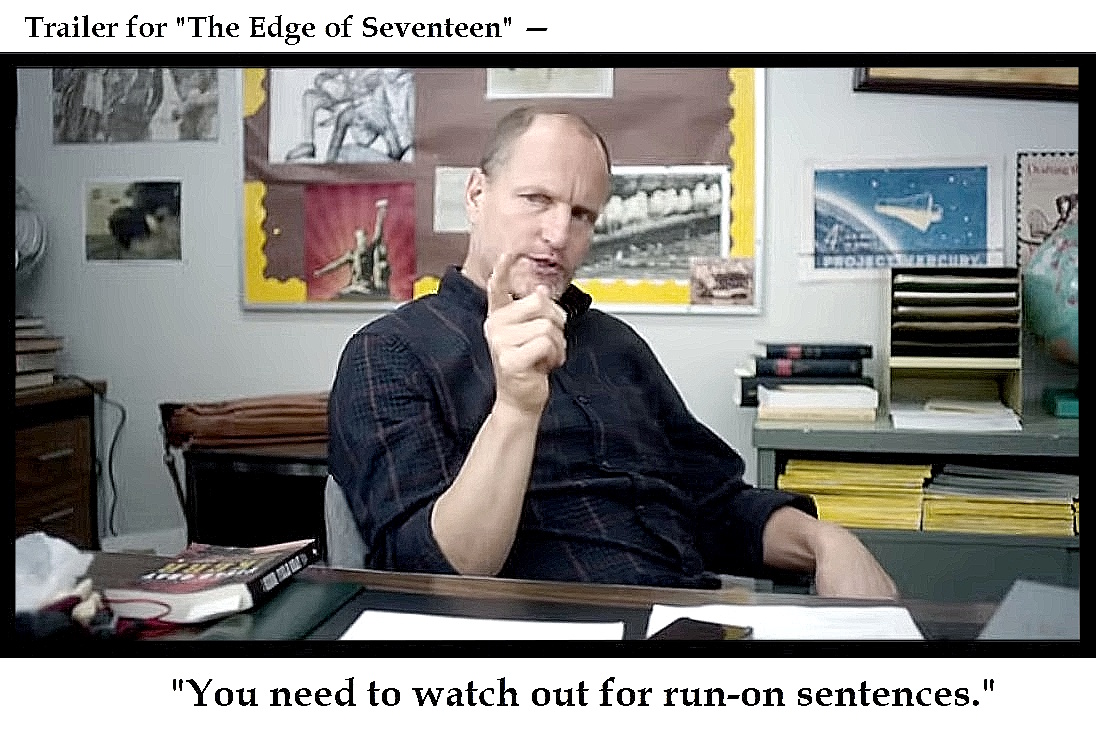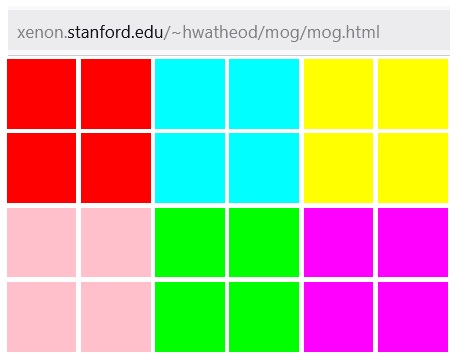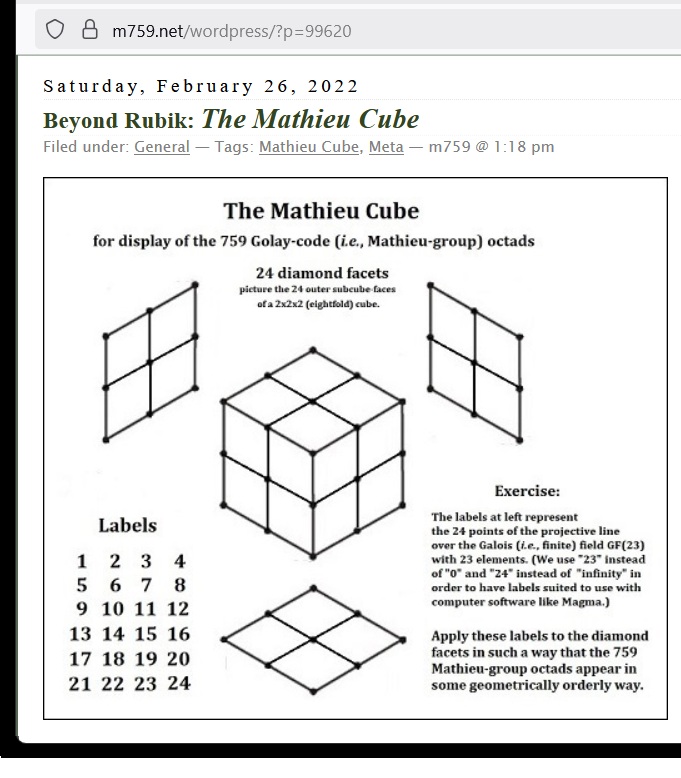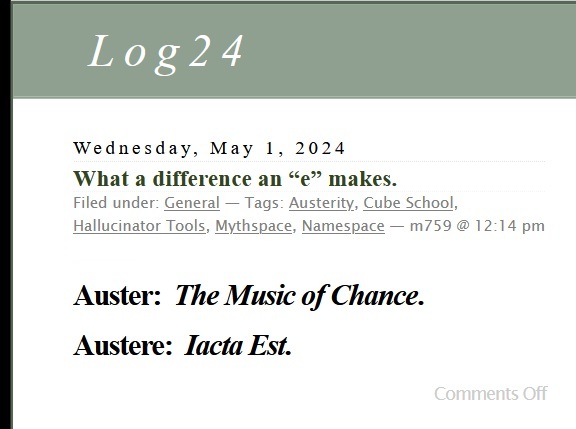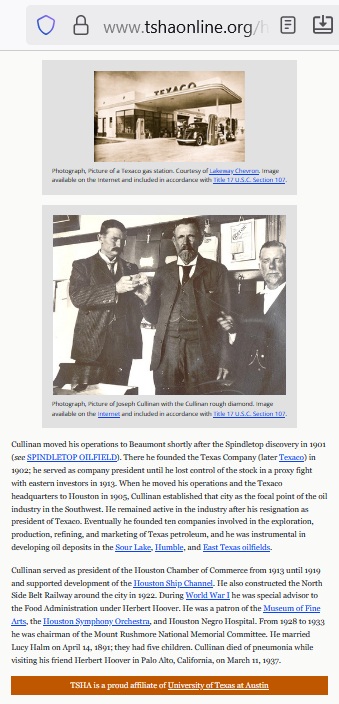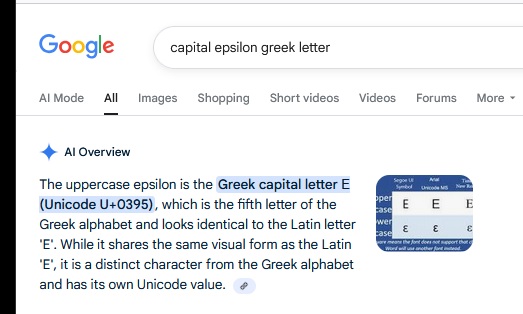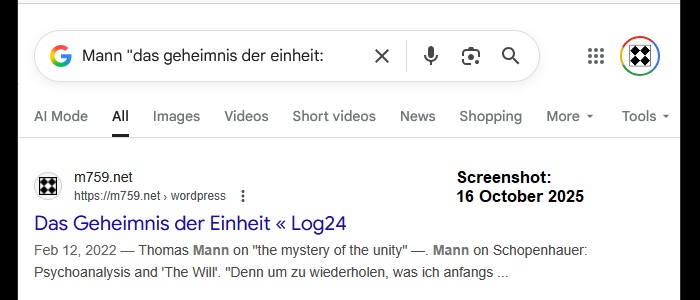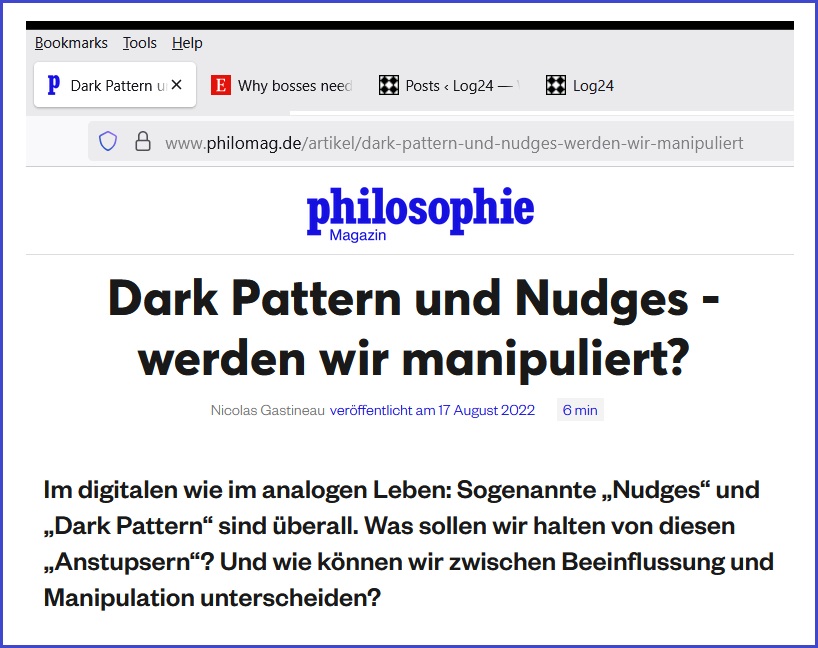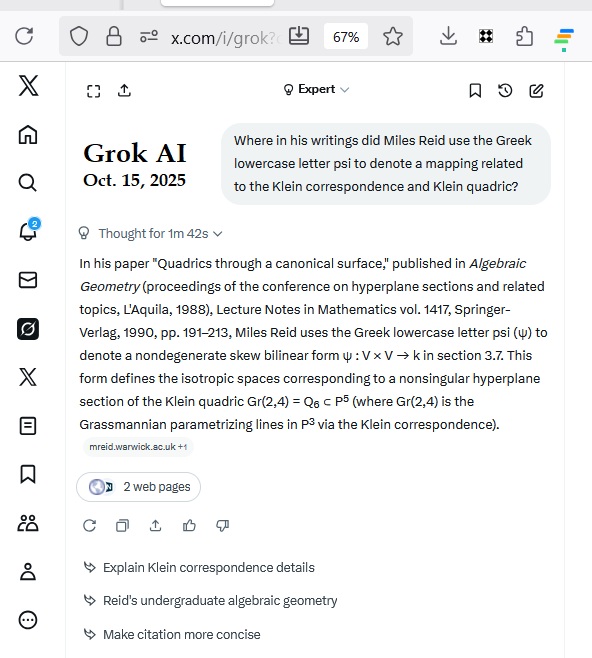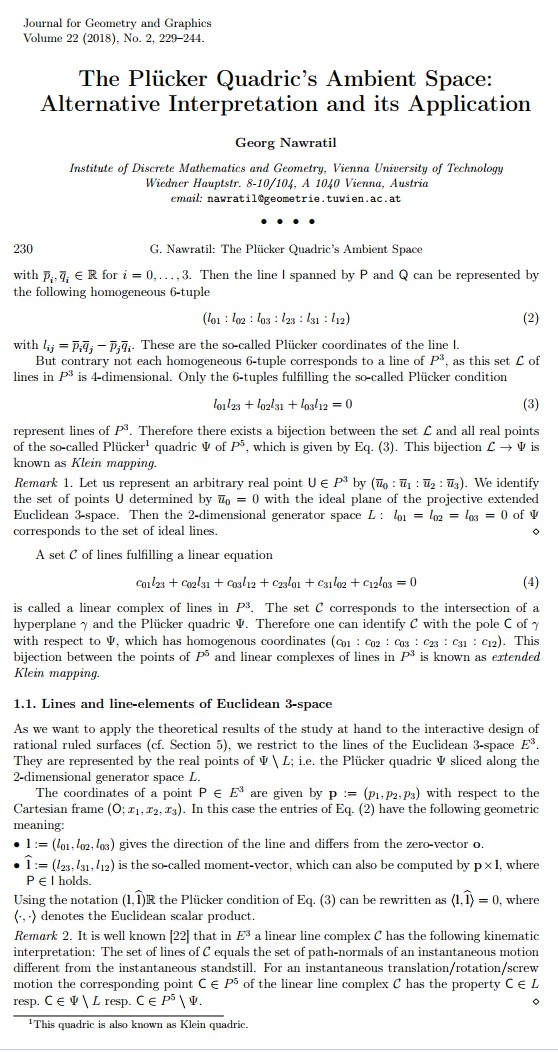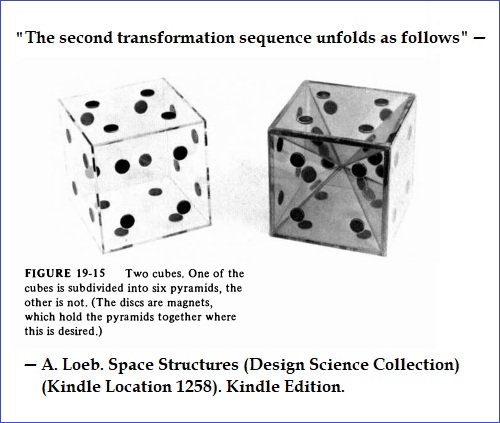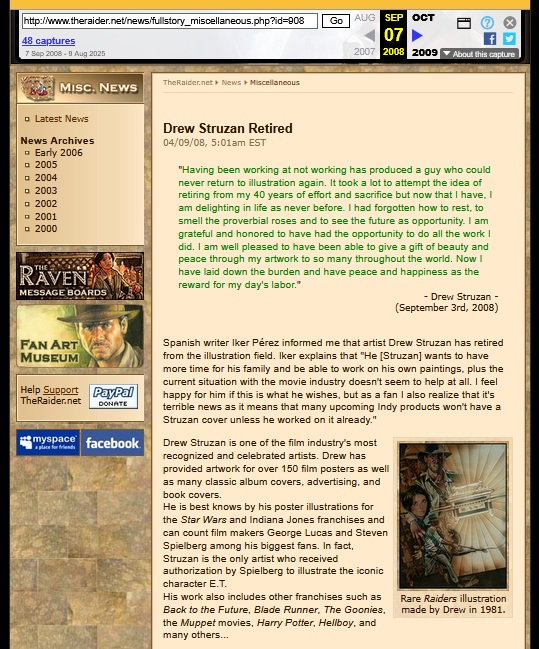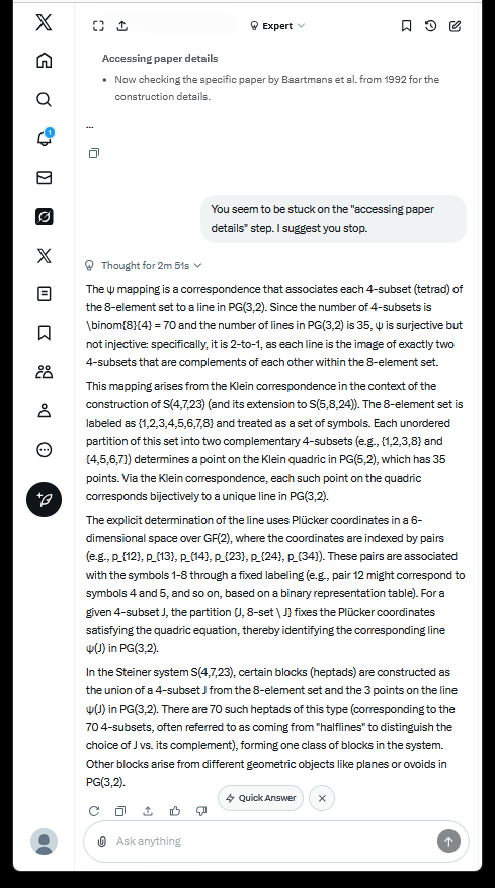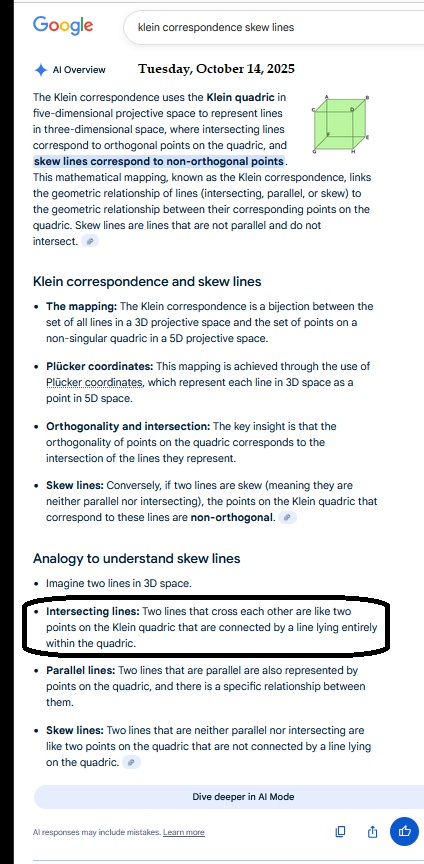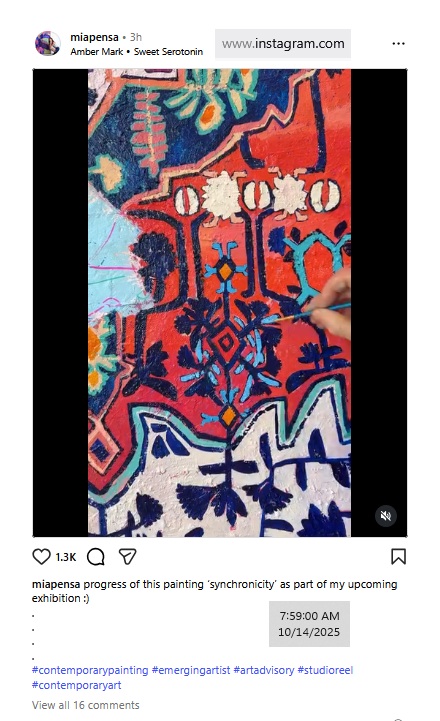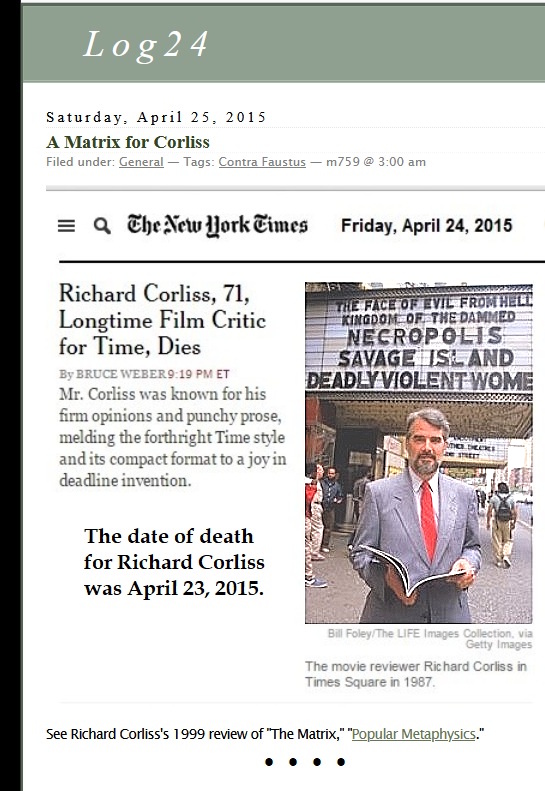A question suggested by NotebookLM in the "Diamond Theory" notebook,
and its answer today by NotebookLM —
|
How are algebraic, combinatorial, and geometric structures unified within the Brick Space model? The unification of algebraic, combinatorial, and geometric structures within the Brick Space model is achieved through its role as a graphic, isomorphic representation of key finite geometries, particularly the projective spaces PG(5,2) and PG(3,2), and their fundamental relationship via the Klein correspondence
.
The term "Brick Space" originates from the arrays, or "bricks," coined by R. T. Curtis as component parts of his Miracle Octad Generator (MOG)
. These physical or graphic arrangements serve as a concrete visualization (or model) of highly abstract mathematical structures
.
1. Geometric Unification
The Brick Space model provides a geometric foundation for combinatorial objects through direct visualization of finite geometries defined over the two-element field, GF(2)
.
• Modeling Projective Space: The Brick Space model is the natural geometric setting for the MOG's components, which may be regarded as forming both the 5-dimensional projective space and the 3-dimensional projective space
.
• Visualizing PG(5,2) and the Klein Quadric: The model visually represents the space, which has 63 points, by partitioning these points into 28 points lying off the Klein quadric and 35 points lying on the Klein quadric
. The geometry of is linked to the concept of the 8-set
.
• The Klein Correspondence: The geometric relationship between and is formalized by the Klein correspondence
. The model, developed as a brick space, is analogous to the "line diagrams" construction of found in the Cullinane diamond theorem
.
• Lines and Points: The Brick Space implicitly models how the 35 lines of correspond to the 35 points on the Klein quadric in
.
2. Combinatorial Unification
Combinatorial structures, primarily partitions of sets and block designs, are mapped directly onto geometric entities within the Brick Space framework
.
• Partitions and Lines: The central combinatorial equivalence involves mapping partitions of sets to geometric objects
. The 35 combinatorial structures arising from permutations of diamond tiles (related to the bricks) are isomorphic to the 35 lines of . These 35 structures also mirror the 35 square patterns within the original MOG
.
• Partitions of the 8-Set: The lines correspond to the 35 partitions of an 8-set into two 4-sets
. This same framework connects to the 105 partitions of an 8-set into four 2-sets, which are essentially the same as the 105 lines contained in the Klein quadric
.
• Latin Squares: The combinatorial property of orthogonality of Latin squares (specifically, order-4 Latin squares) is unified geometrically by corresponding exactly to the property of skewness of lines (non-intersecting lines) in
. This provides a geometric dictionary for abstract algebraic combinatorics
.
3. Algebraic Unification
Algebraic structures, rooted in finite field theory and group theory, govern the behavior and symmetries observed in the combinatorial and geometric models
.
• Binary Field : The foundation of the geometry is the Galois field of two elements, (binary arithmetic: )
. The algebraic rules of dictate the structure of the affine and projective spaces represented by the bricks
.
• Binary Addition (XOR): The line diagrams used to formalize the patterns (related to the bricks) can be "added" via component-wise binary addition (XOR)
. The closure property of lines in is represented algebraically by the fact that the three line diagrams corresponding to a pattern always sum to zero ()
.
• Group Theory and Symmetry: The massive permutation group (of order 322,560) that transforms the visual patterns is isomorphic to the affine group
. This group, which explains the pervasive symmetry found in all -images, is the automorphism group of the underlying finite geometry, establishing the algebraic control over the system's geometric and combinatorial properties
.
• Ring Theory: The patterns can be endowed with algebraic structure to generate an ideal within a ring of symmetric patterns, leading to an infinite family of "diamond rings" isomorphic to rings of matrices over
. This links the geometry to the machinery of abstract algebra
.
• M24 Connection: The affine group is identified as the octad stabilizer subgroup of the Mathieu group
, linking the visual patterns and the underlying geometries to the abstract world of sporadic simple groups, coding theory (Golay code), and lattice theory (Leech lattice)
.
The Brick Space model, therefore, functions as a visual tapestry where graphic arrangements (geometry/visualization) encode set partitions (combinatorics) that behave according to the rules of binary algebra ( and affine groups)
. The entire structure is unified by powerful isomorphisms relating these three mathematical domains through finite geometries like and . |

